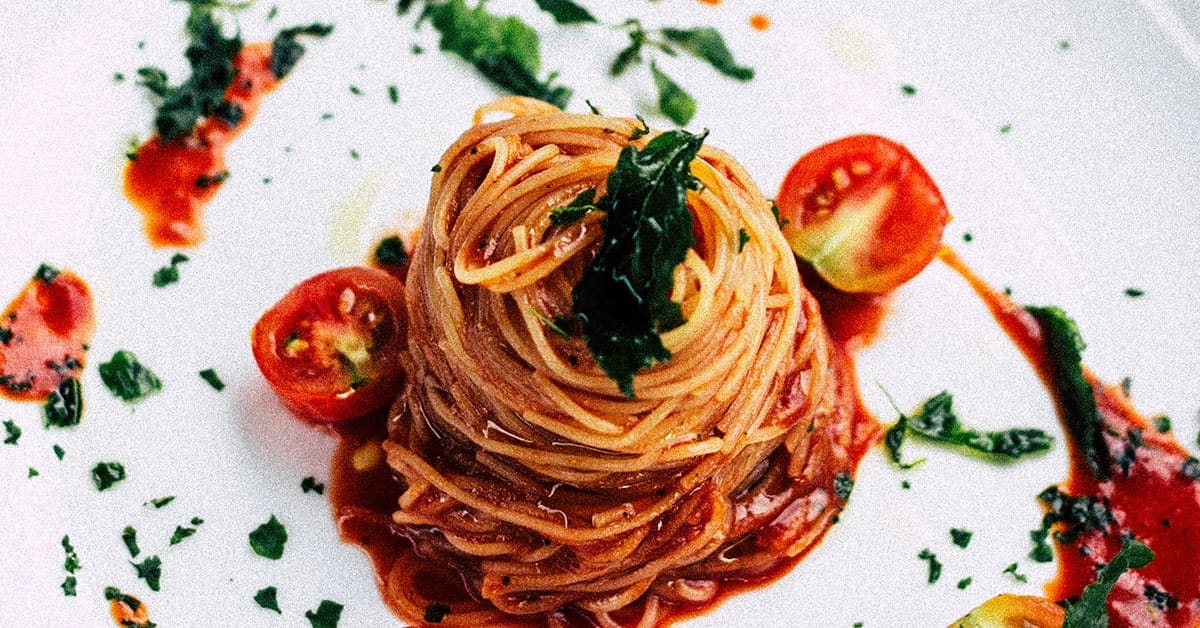
Elevate your culinary creations with elegant plating and garnish ideas that transform simple dishes into masterpieces. Whether you’re hosting a special dinner party or simply want to add a touch of sophistication to your everyday meals, these techniques will inspire you to create visually stunning and palate-pleasing presentations.
From geometric shapes to artistic swoops, the possibilities are endless when it comes to plating. Garnishes, the final touch to any dish, add a pop of color, texture, and flavor. Think microgreens for a refreshing crunch, edible flowers for a burst of vibrancy, or lemon twists for a zesty kick.
Plating Perfection: Techniques for Visual Appeal
Mastering the art of plating requires an understanding of balance, composition, and contrast. Start by arranging the main elements on the plate in a visually appealing way. Experiment with different heights and textures to create dimension and depth. For instance, place grilled salmon on a bed of quinoa, topped with sautéed vegetables and a drizzle of balsamic reduction.
Color plays a crucial role in plating. Use contrasting colors to create visual interest and make the dish pop. Think bright red tomatoes against dark green spinach or orange citrus segments next to white fish. Consider also the plate’s color and shape, as it can complement or contrast with the food.
Negative space, the empty area on the plate, is equally important. It provides visual relief and draws attention to the plated elements. Leave some room between food items and avoid overcrowding the plate. This gives your guests the opportunity to appreciate the composition.
Finally, don’t forget the finishing touches. A sprinkle of chopped herbs, a drizzle of olive oil, or a dusting of grated Parmesan cheese can enhance the dish’s appearance and flavor.
Garnish Magic: Enhancing Flavor and Aesthetics
Garnishes are like the jewelry of a dish, adding both aesthetic flair and sensory delight. They can complement the flavors of the main ingredients or provide a contrasting element.
Fresh herbs, such as basil, parsley, and cilantro, are a versatile garnish that adds a burst of freshness and color. Use them sparingly to avoid overpowering the dish. Edible flowers, like nasturtiums and pansies, bring a touch of elegance and a subtle floral flavor.
Citrus wedges, such as lemon, lime, and orange, provide a bright and tangy garnish. They can be used to balance rich or heavy dishes, or simply add a pop of color. For a rustic touch, try using grilled or charred citrus slices.
Olive oil drizzles are another versatile garnish that enhances both appearance and flavor. Use a high-quality olive oil and drizzle it sparingly over savory dishes like grilled meats, roasted vegetables, or salads.
Finally, sprouts and microgreens, such as alfalfa, radish, and pea shoots, add a touch of greenery and a slightly peppery flavor to dishes. They can be scattered over salads, sandwiches, or soups for a nutritious and visually appealing addition.
As you experiment with different elegant plating and garnish ideas, you’ll develop your own unique style. Remember, the goal is to create dishes that are both visually and gastronomically pleasing. With a little practice, you can transform ordinary meals into extraordinary culinary experiences.



